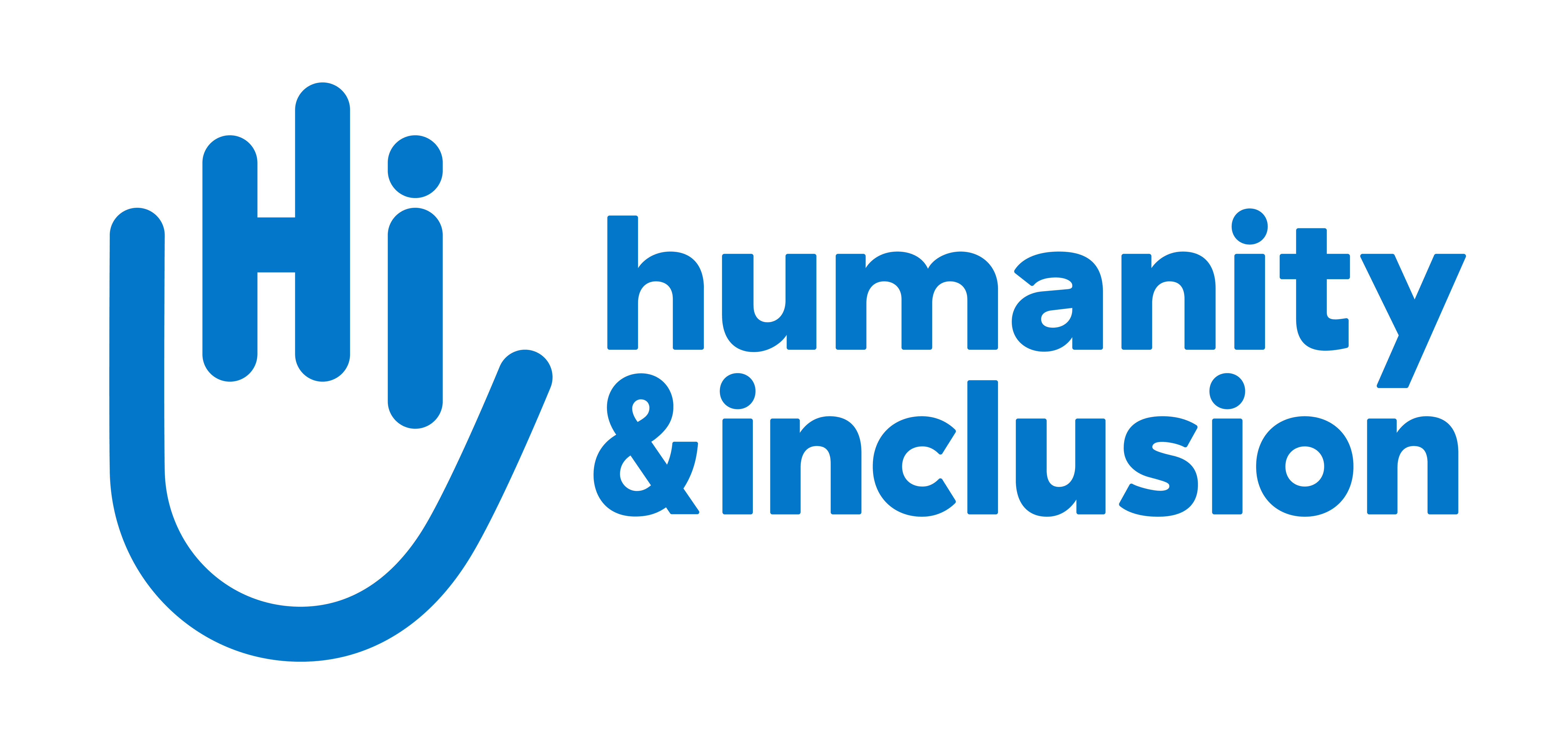“We have been handing out masks to the most vulnerable”
Fabrice Vandeputte, Humanity & Inclusion’s (HI) director in Myanmar, explains how his teams are helping the most vulnerable individuals protect themselves from the coronavirus.

HI teams are distributing hydroalcoolic gel, soaps and masks to beneficiaries | © HI
“Myanmar has been affected by Covid-19 for several weeks. The situation is worrying. Since testing capacity is low, there is no way of knowing how far it has spread. We think the number of cases is much higher than reported.
We are particularly worried about the most vulnerable people. We work primarily with people who have fled conflict and live in camps for internally displaced people, in the north of the country. They have very few resources. Sometimes eight people live in a room roughly four metres square. They still do not have access to running water, soap, etc. Not everyone uses social media, and they don’t know enough about the threat from the epidemic. Covid-19 could affect them more quickly as a result, and the consequences could be serious.
Gel and mask distributions
We have adjusted our work to the epidemic. We have distributed masks and hydro-alcoholic gel to the people we assist, so they can wash their hands and protect themselves.
Remote rehabilitation
HI’s physiotherapists have also filmed their physiotherapy sessions. They pass these videos to volunteers trained by HI in villages closed by village chiefs to prevent the epidemic from spreading. This way, our patients can continue doing their rehabilitation exercises at home, by watching the videos, assisted by voluntary workers. We have provided the volunteers with telephones so they can stay in touch with HI’s teams and the people they assist.
Ambulance services
We are working with three hospitals, mainly in Yangon, and with quarantine centres to assist emergency teams. We sort patients, distribute ventilators to intensive care units, and hand out paracetamol. We also work with ambulance services to ensure they are not contaminated when they transport patients and know the ambulance disinfection protocol.”





